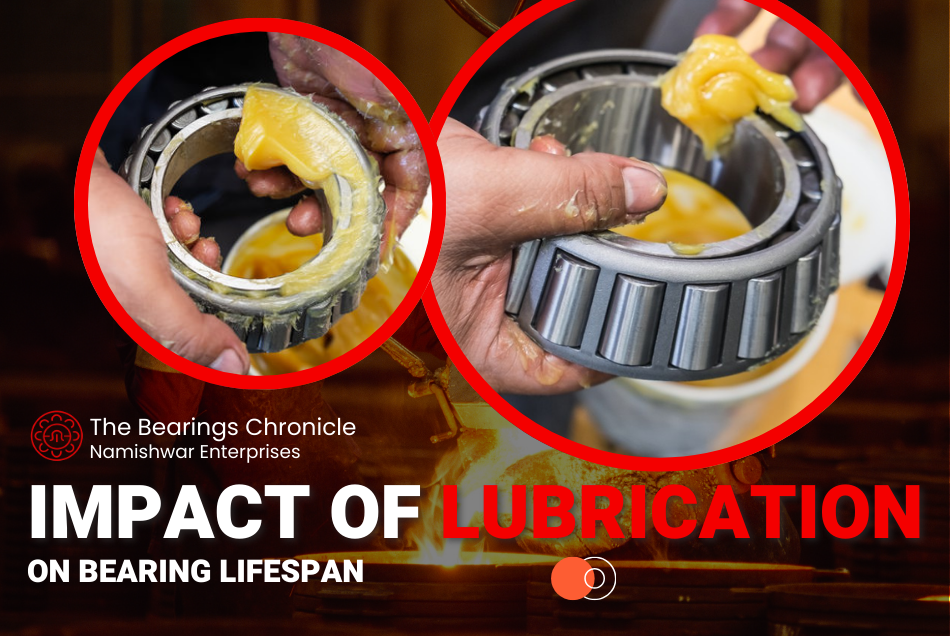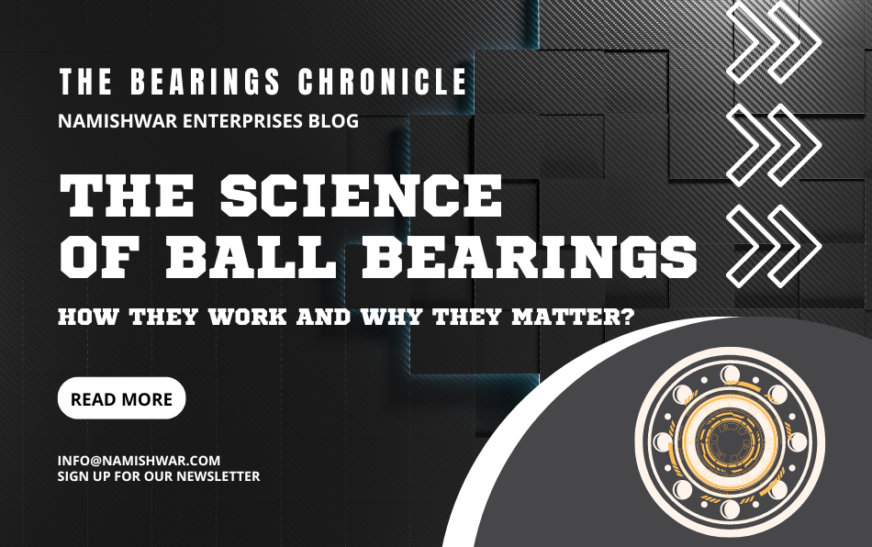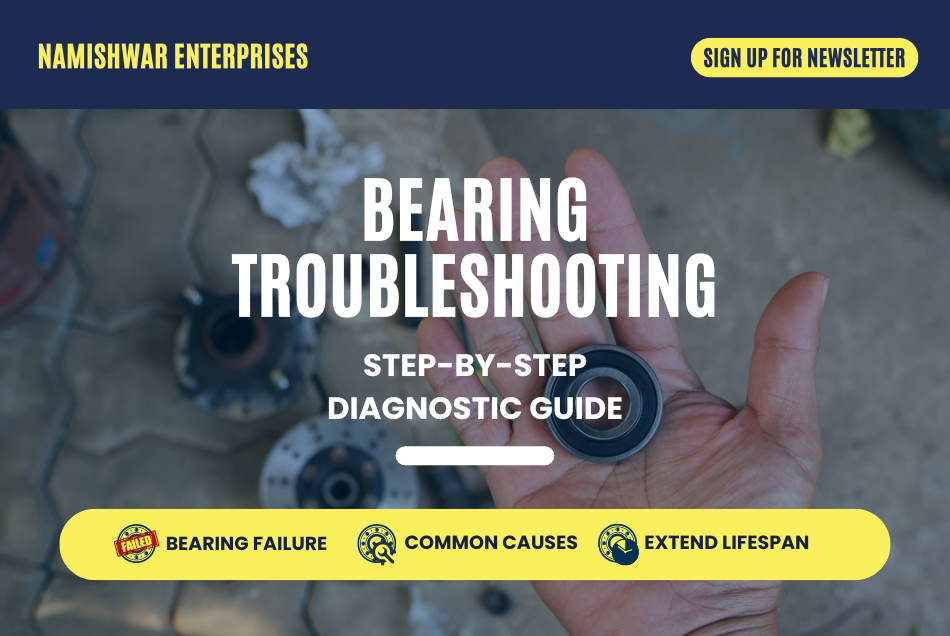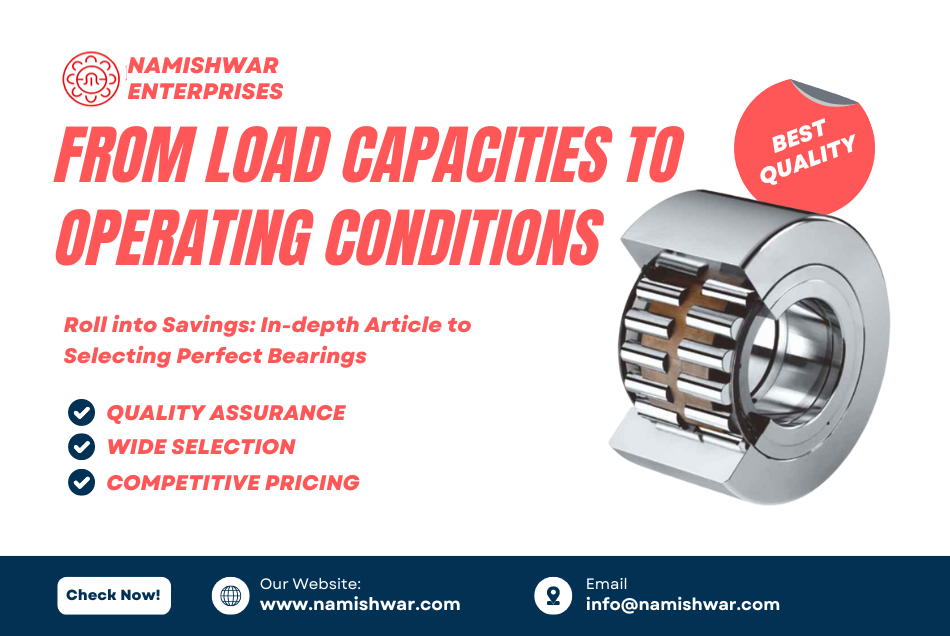In the world of machinery and engineering, bearings play a crucial role in ensuring smooth operations across various industries. They are the unsung heroes, silently supporting rotating parts, reducing friction, and enabling machines to perform efficiently. Understanding how to transition from mere maintenance of bearings to optimizing their performance can significantly enhance the overall productivity and longevity of equipment. This article delves deep into the realm of bearings, exploring their potential beyond routine upkeep.
The Foundation of Bearings
Bearings, in essence, are mechanical components that facilitate rotational or linear movement by reducing friction between moving parts. They come in various shapes and sizes, each designed for specific types of loads and speeds. The fundamental principle behind bearings is to enable smooth motion while minimizing energy loss due to frictional forces. This foundational aspect distinguishes high-quality bearings from ordinary ones, as precision engineering and material selection are critical in their design.
Bearings are commonly found in everyday items such as automobiles, industrial machinery, household appliances, and even aerospace technology. Their versatility and importance cannot be overstated, as they are integral to the functionality of countless devices. Whether it’s a small ball bearing in a bicycle wheel or a large roller bearing in a wind turbine, their role in modern technology is indispensable.
To fully grasp the potential of bearings, one must understand the types available and their respective applications. Ball bearings, roller bearings, plain bearings, and magnetic bearings are among the most common variants, each offering unique advantages depending on the operational requirements. For instance, ball bearings excel in high-speed applications, while roller bearings are preferred for heavier loads. The choice of bearing type directly influences the performance and efficiency of the machinery in which they are installed.
The evolution of bearings has seen significant advancements, driven by innovations in materials, lubrication techniques, and manufacturing processes. Modern bearings are not only more durable and efficient but also capable of operating under extreme conditions that were once considered challenging. This progress underscores the importance of staying updated with technological developments in the field of bearing engineering.
Enhancing Bearing Performance
Achieving optimal performance from bearings goes beyond routine maintenance; it involves a holistic approach that integrates proactive strategies for efficiency and longevity. Proper installation procedures, adequate lubrication, and effective sealing mechanisms are crucial factors that contribute to maximizing bearing performance. Furthermore, aligning bearings correctly and ensuring proper shaft and housing fits are essential steps in preventing premature wear and failure.
The selection of the right bearing for a specific application is paramount. Factors such as load capacity, speed requirements, environmental conditions, and anticipated operational lifespan must all be carefully considered. Utilizing bearings that are specifically designed to withstand the operating conditions they will encounter ensures reliability and reduces the risk of unexpected downtime or costly repairs.
Lubrication plays a pivotal role in the performance and longevity of bearings. Proper lubricant selection, application methods, and regular monitoring are key aspects of effective bearing maintenance. Lubricants not only reduce friction and wear but also dissipate heat generated during operation, thereby enhancing efficiency. Over-lubrication or under-lubrication can both have detrimental effects on bearing performance, underscoring the importance of following manufacturer recommendations and industry best practices.
In addition to lubrication, maintaining cleanliness around bearings is essential. Contaminants such as dust, dirt, and moisture can infiltrate bearing assemblies, leading to increased friction, wear, and potential failure. Implementing robust sealing solutions and regular cleaning procedures helps mitigate these risks and prolongs bearing life. Periodic inspections and condition monitoring techniques further aid in identifying potential issues early, allowing for timely intervention and maintenance.
Proactive maintenance strategies, such as predictive maintenance and condition-based monitoring, have revolutionized the way bearings are managed in industrial settings. By leveraging technologies such as vibration analysis, thermography, and oil analysis, maintenance professionals can detect abnormalities in bearing operation before they escalate into serious problems. This predictive approach not only reduces downtime but also optimizes maintenance schedules and extends equipment life cycles.
Innovations and Future Trends
The landscape of bearing technology continues to evolve with advancements in materials science, digitalization, and automation. Emerging trends such as smart bearings equipped with sensors for real-time performance monitoring are poised to revolutionize industrial maintenance practices. These intelligent bearings can provide valuable data on factors like temperature, vibration levels, and load conditions, enabling predictive maintenance strategies with unprecedented accuracy.
Furthermore, developments in materials such as ceramics and composites are enhancing bearing performance in terms of durability, resistance to harsh environments, and reduced friction coefficients. Nano-coatings and surface treatments are also being applied to bearings to improve wear resistance and optimize friction characteristics. These innovations not only extend bearing life but also contribute to overall energy efficiency and sustainability in industrial operations.
Digitalization and the Internet of Things (IoT) are driving connectivity and data-driven insights in bearing management. Cloud-based platforms and analytics tools enable remote monitoring of equipment health, predictive analytics, and proactive maintenance scheduling. This interconnected approach facilitates informed decision-making and resource allocation, ultimately optimizing operational efficiency and reducing costs.
Looking ahead, the integration of artificial intelligence (AI) and machine learning algorithms holds promise for advancing predictive maintenance capabilities even further. AI-powered systems can analyze vast amounts of data from sensors and historical performance records to forecast potential bearing failures with high accuracy. By predicting maintenance needs before issues arise, organizations can minimize downtime, improve safety, and maximize productivity.
In conclusion, the journey from basic maintenance to unlocking the true potential of bearings involves embracing innovation, leveraging advanced technologies, and adopting proactive strategies. By prioritizing proper installation, effective lubrication practices, and proactive maintenance regimes, industries can enhance equipment reliability, extend bearing life cycles, and achieve peak operational performance. As bearings continue to evolve alongside technological advancements, staying informed and adaptable will be key to harnessing their full potential in the modern industrial landscape.










